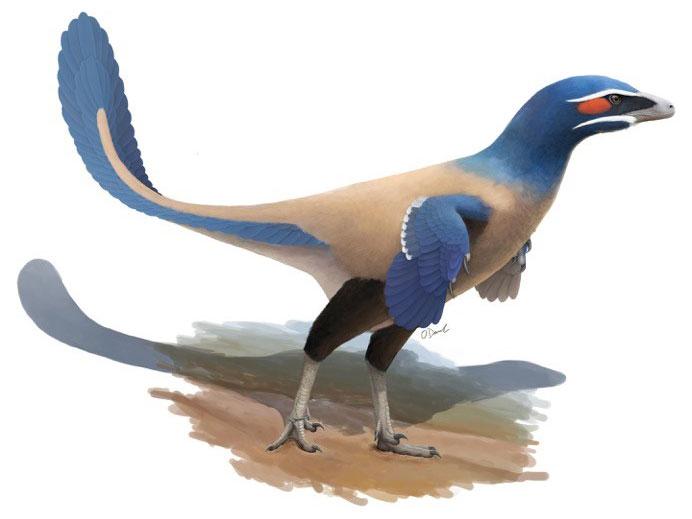Dinosaur that looked like a massive bird discovered in Canada
‘Fascinating’ creature was a relative of the ‘smartest’ dinosaur and the fearsome velociraptor

Your support helps us to tell the story
From reproductive rights to climate change to Big Tech, The Independent is on the ground when the story is developing. Whether it's investigating the financials of Elon Musk's pro-Trump PAC or producing our latest documentary, 'The A Word', which shines a light on the American women fighting for reproductive rights, we know how important it is to parse out the facts from the messaging.
At such a critical moment in US history, we need reporters on the ground. Your donation allows us to keep sending journalists to speak to both sides of the story.
The Independent is trusted by Americans across the entire political spectrum. And unlike many other quality news outlets, we choose not to lock Americans out of our reporting and analysis with paywalls. We believe quality journalism should be available to everyone, paid for by those who can afford it.
Your support makes all the difference.A bird-like dinosaur has been discovered in Alberta, Canada.
The creature, named Currie’s Alberta hunter, stalked the Red Deer River Valley about 71 million years ago, according to a paper published in the Canadian Journal of Earth Sciences.
It walked on two legs, was covered in feathers, grew to just under two metres long and would have weighed about 60kg. It is thought to have eaten a mixed diet of meat and plants.
Initially palaeontologists thought the fossilised remains belonged to its close relative, the Troodon, reputed to have been the cleverest of the dinosaurs because of the large size of its brain compared to its body.
However after analysing its bones they concluded it was a different species because of its shorter and more robust skull.
“The delicate bones of these small feathered dinosaurs are very rare. We were lucky to have a critical piece of the skull that allowed us to distinguish Albertaventaor [Alberta hunter] as a new species,” said Dr David Evans, of the Royal Ontario Museum, who led the research.
“We hope to find a more complete skeleton of Albertavenator in the future, as this would tell us so much more about this fascinating animal.”
An artist’s impression of what the dinosaur would have looked like suggested it would have looked a lot like a modern bird but very much bigger and with short, ineffective “wings”.
It had serrated teeth and was related to the velociraptor, a dinosaur made famous by the Jurassic Park movies.
The dinosaur was given the scientific name Albertavenator curriei in honour of Dr Philip Currie, a renowned Canadian palaeolotologist.
Its fossilised remains were found in the 1980s near the Royal Tyrrell Museum in Drumheller, Ontario, but it was only recently identified as a separate species.
The researchers said the discovery underlined the importance of re-examining museum collections.
Join our commenting forum
Join thought-provoking conversations, follow other Independent readers and see their replies
Comments